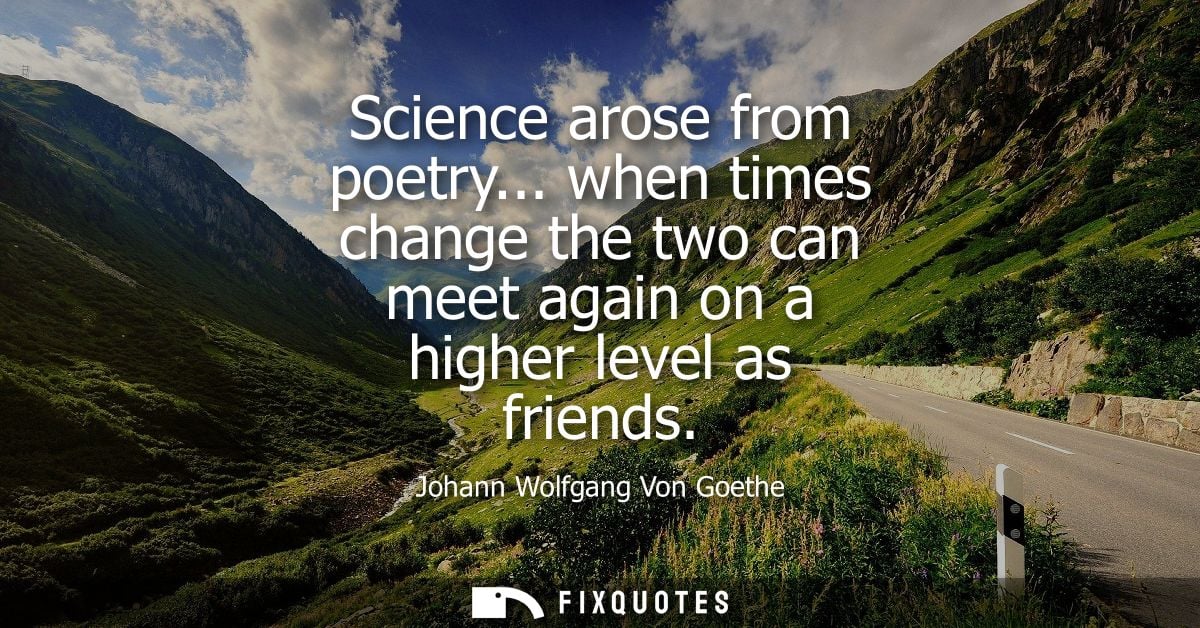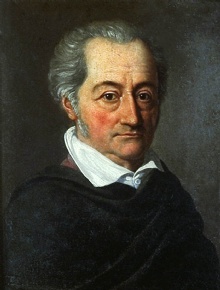"Science arose from poetry... when times change the two can meet again on a higher level as friends"
About this Quote
Goethe suggests a dynamic relationship between science and poetry, two disciplines often perceived as opposites. He traces science’s origins back to poetry, implying that early human attempts to understand the world were poetic, filled with wonder, myth, and a sense of interconnectedness. The poetic mind created stories, metaphors, and symbols to explain natural phenomena, instilling the world with meaning and narrative before systematic reasoning emerged. In that stage, poetry provided the imaginative groundwork from which scientific observation and eventually methodical inquiry would spring.
Over time, science distinguished itself through precise logic, empirical methods, and critical thinking, seeking objective truths and universal laws. Meanwhile, poetry remained rooted in subjective experience, intuition, and the evocative power of language. Their paths diverged as society sought to separate fact from feeling, measurement from metaphor. Goethe recognizes, however, that this division is neither inevitable nor unbridgeable.
He envisions a future reconciliation in which both domains, matured, can encounter each other "on a higher level as friends". This friendship does not blur distinctions but values the particular strengths of each. Science brings clarity, explanation, and technological progress; poetry offers meaning, depth, and a sense of belonging in the universe. When times change, when the limitations of reductionist thinking or pure imagination become apparent, the two may renew their alliance, inspiring a more holistic vision.
Together, science and poetry can elevate understanding: science reminds poets to honor evidence and reality, while poetry spurs scientists to contemplate beauty, wonder, and the ethical dimensions of discovery. Goethe calls for an integrative approach to knowledge where imagination and reason meet, suggesting that humanity’s fullest wisdom lies not in the rivalry of disciplines but in their creative partnership.
More details
About the Author

